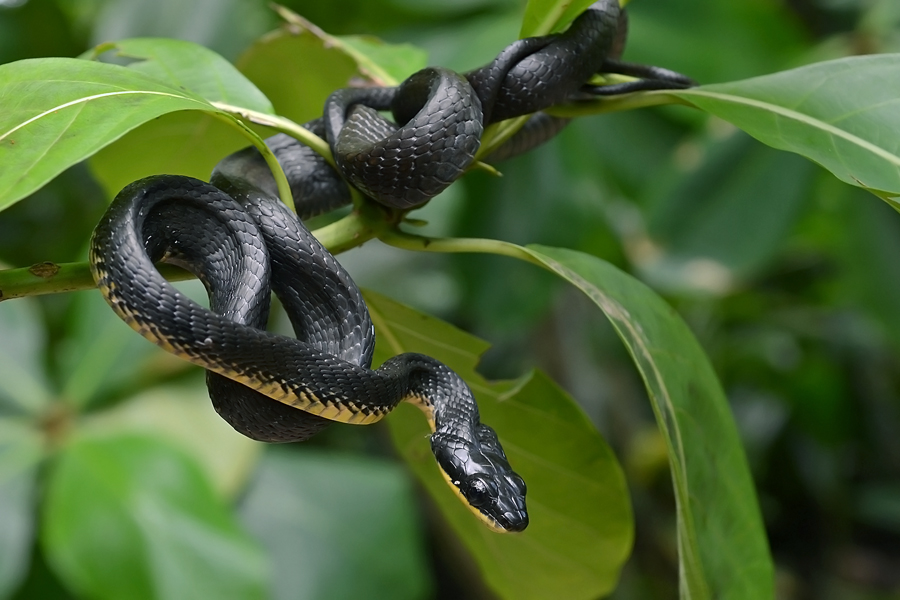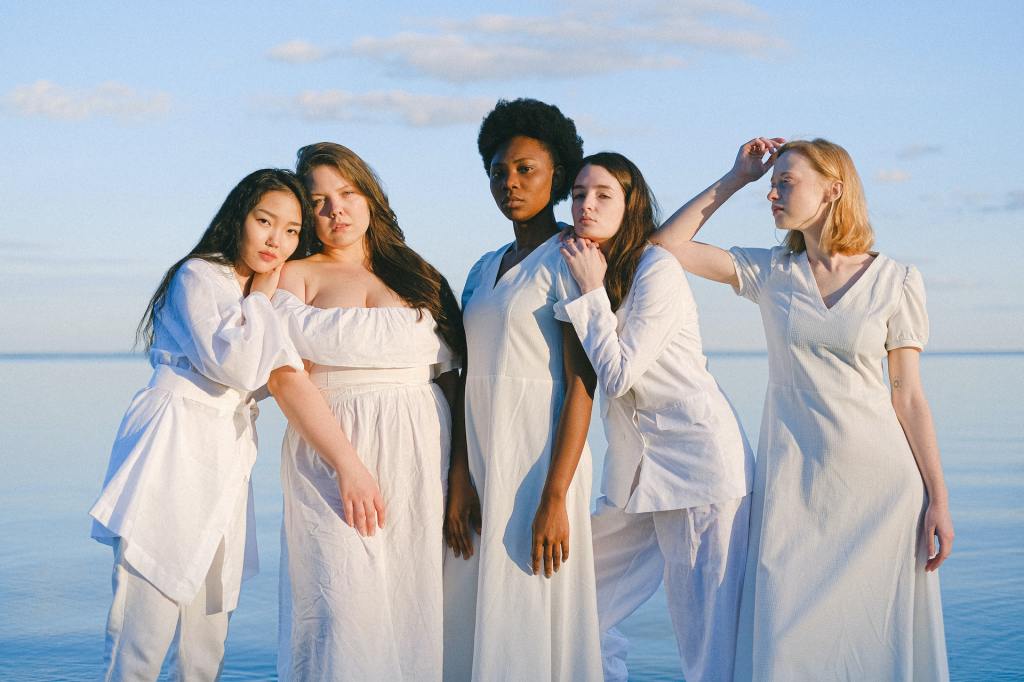This snake-wielding Minoan Goddess (also potentially known as Atana Potnia) is quite the mystery in some ways, but distinct in others. Going off of what we do know and her depiction, I’ve compiled a list of ways to honor this deity of Minoan civilization who is considered a precursor to the Ancient Greek goddess of wisdom and warfare, Athena. Go here to find out more about her.



1. Become an advocate of snake conservation.
The snake association of this goddess is evident, with her holding snakes in her hands and all. Here is a renowned serpentine cause: www.savethesnakes.org


2. Adopt snakes.
Especially in ancient times, snakes symbolized fertility and rebirth. Bonus points if you’re scared of snakes and still decide to adopt them.


3. Go to the Palace of Knossos, learn more about it, or take a virtual tour.
Snake Goddess and Priestess figurines of varying sizes were found at Knossos in Crete during Arthur Evans’ excavations. I have posted several 3D renditions of the palace here.


4. Learn more about your maternal ancestry.
Also referred to as the Mother Goddess, learning more about your mother’s side and paying tribute to those who came before you is a wonderful way to connect with Atana Potnia’s energy.


5. Draw a portrait of her.
Creating art to honor a deity has been a prime devotional act since antiquity. The Minoans were particularly known for their frescoes and use of vibrant color.


6. Identify core childhood wounds and take the steps necessary to nurture yourself.
As a Mother Goddess, Atana Potnia is a nurturing figure by default. In healing ourselves, we in turn heal our ancestors and those we are surrounded by alike.


7. Volunteer at a Women’s Shelter
Female deities seemed to be of central focus for the Minoans. Also, priestesses led ceremonies. That alone tells us how much the Minoans revered the divine feminine. As such, helping women and femmes who have endured domestic violence or other forms of abuse is good way to honor the divine feminine and thus The Snake Goddess.


8. Wear or make jewelry with snakes implemented into it.
This is a great snake-inspired act to replace adopting a snake if that isn’t feasible. You can find some more information about Minoan jewelry here.


9. Support women-run causes or businesses.
I more or less touched on this in devotional act number 7.


10. Set up an altar for her.
Sculptures of the Minoan Snake goddess can easily be found on Etsy, which is a solid place to start. Beyond the snake imagery, implementing owl imagery would work too! In the reconstruction of her sculpture, a cat was added atop of her head. However, cats didn’t seem to be an important symbol to the Minoans. Many speculate that it was in fact an owl. In fact, there’s an owl in the replica I bought from Crete.
I’ve done most of these things, not always as a means of worship. Haven’t made jewellery though, but I have used serpentine imagery in woodwork, drawing and a tattoo (as a means of reverence.) The Oroborus Jormungandr is my favourite example, but I have recently started to look at the Gadsden Flag different in light of things.
My own personal belief is there were Snake and Goddess cults informing all European Pagan faiths which were somehow supplanted by the Sky Gods we have now. I’ll assume the Minoan religion is no different, especially given the iconography. Anyway. This is good, thanks for sharing!
LikeLiked by 1 person
Jewelry, sculptures, artwork, woodwork… All of it would be regarded as a devotional act :). I like that my serpentine jewelry not only pays homage to The Minoan Snake Goddess but what the Ancient Greeks called “agathos daimon” (ἀγαθός δαίμων), a benign intermediary between humans and the gods (usually depicted as a snake). I also work with Lokean energy, which bodes nicely with the snake imagery yet again.
And that’s something I’ve noticed myself, as well as more chthonic leanings in general.
Thank you for reading and commenting! 🙂
LikeLiked by 1 person
My pleasure. Lokean you say? That’s interesting. I’d be glad to read about that, should you ever write it. Asatru related topics are what I know most about. I’m familiar with Daimonos generally. I consider it analogous to the Norse Fylgja (Fetch.)
LikeLiked by 1 person
I love finding parallels! I probably won’t touch on Loki in this blog, seeing as my central focus is all things Minoan (and some Hellenic). Interestingly enough, looking into Loki is what set me on the path to deeper self-discovery. Lokean came first, then Minoan. You’d think it would be the opposite.
LikeLike
That’s fair, of course! That’s the funny thing about self-discovery, stepping stones in strange places. Myself, I believe the Hellenic (and I assume therefore Minoan/Etruscan/etc) Teutonic, Celtic, Baltic and Slavic systems are pages of a book. There’s so many common threads running between the lines.
LikeLiked by 1 person
Absolutely! It’s all connected; there’s no doubt about that.
LikeLiked by 1 person
Pingback: The Minoan Mother Goddess | Minoan Magissa